Several years ago, my colleagues and I at the PA SHPO compiled a history of preservation achievements in Pennsylvania. This interesting trek through the preservation timeline was published in the Winter 2016 issue of Pennsylvania Heritage magazine and was added as a chapter in the current statewide historic preservation plan, #PreservationHappensHere. This week in honor of Women’s History Month, I’m taking a deeper dive into the role of women in Pennsylvania’s preservation accomplishments.
Category: Pennsylvania Archaeological Site Survey (Page 2 of 5)
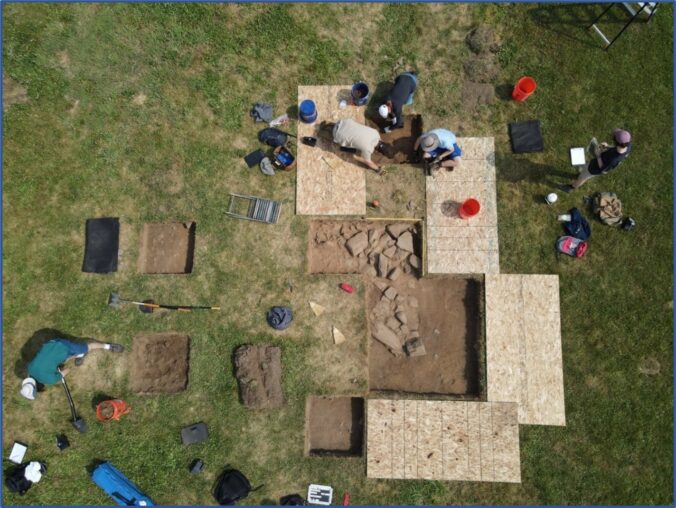
A Trip Through the PASS: The 2023 Annual PASS Report
Now that 2023 is officially in the PASS, let’s look back on another successful year of archaeological site recording and survey efforts throughout Pennsylvania.
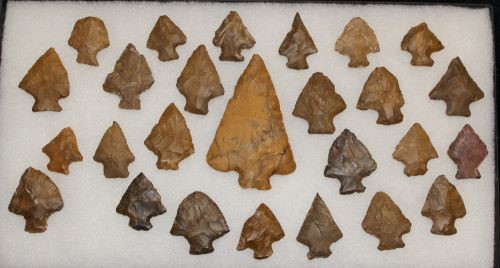
Quarrying our Data for Quarry Districts
Happy Archaeology Month!
One of the most common objects shown to archaeologists for identification are rocks. Most of the time, these objects just end up being rocks, but sometimes people do find one that has been altered in some way by human hands. These artifacts are called lithics and they can be found all over the United States and throughout the rest of the world.
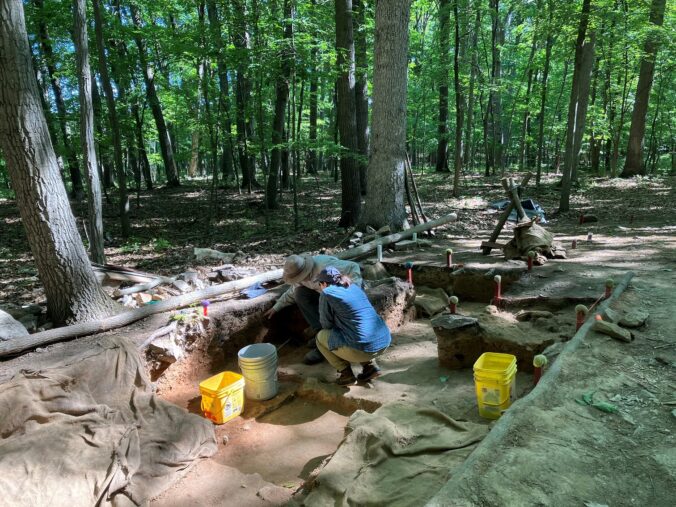
Intern Introspect: 2023 PASS Internship
As I look back at my time here at the PA SHPO, I realized how much new knowledge and experience I have gained. Prior to this internship, I had very little experience in the world of preservation, especially when it came to the bureaucratic level. This internship allowed me to jump into the world of archaeology here at the PA State Historic Preservation Office.
Many Pennsylvania Historic Preservation blog readers are familiar with the results of Year 1 and Year 2 of the Pennsylvania Baseline Survey but did you know that the Pennsylvania Baseline Survey is doing archaeology too? We have adapted to recording not just historic buildings, but also documenting the locations where important buildings once stood.
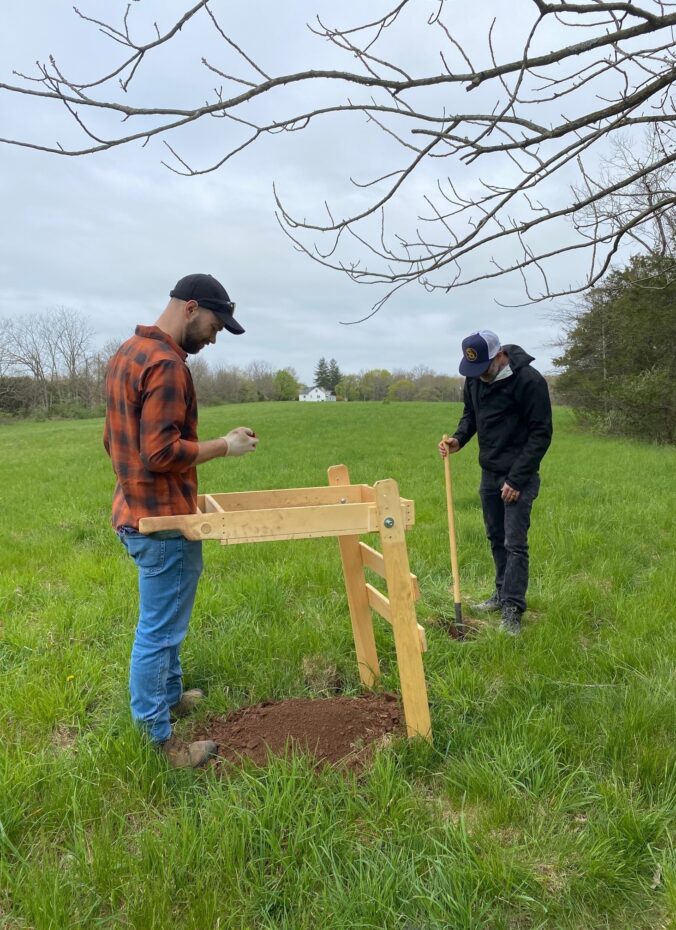
Digging into the PASS Year: The 2022 Annual PASS Report
Earlier this year, PA SHPO issued its PA Archaeological Site Survey (PASS) report for 2022. Definitely add the PASS report to your “must read” list because it is chock full of interesting information about archaeology in Pennsylvania.
Are you exploring the field of historic preservation and looking for some real-world experience? The Pennsylvania Historical and Museum Commission’s Keystone Internship Program provides opportunities to pursue your professional growth and contribute to sharing Pennsylvania’s rich heritage with the public.
Continue reading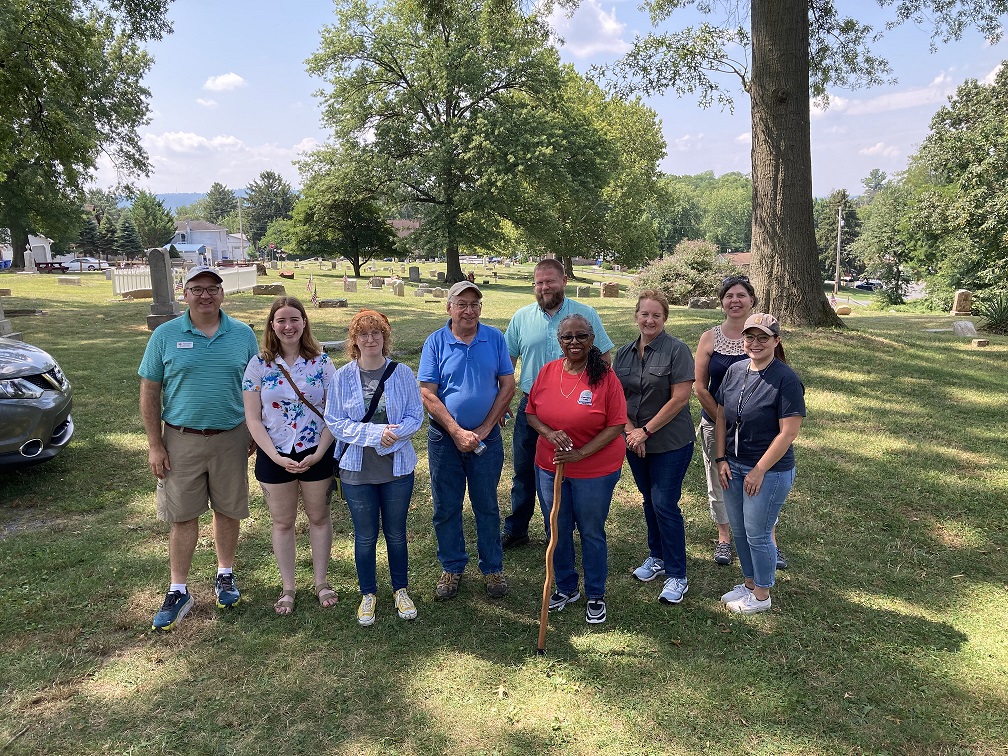
Community Archaeology at Midland Cemetery
Last fall the State Museum of Pennsylvania hosted their annual workshop in archaeology entitled Hidden Stories: Uncovering African American History through Archaeology and Community Engagement. The theme was born out of the acknowledgement that African Americans are vastly underrepresented in the historic record and the representations that are present are typically unfairly biased.
Continue reading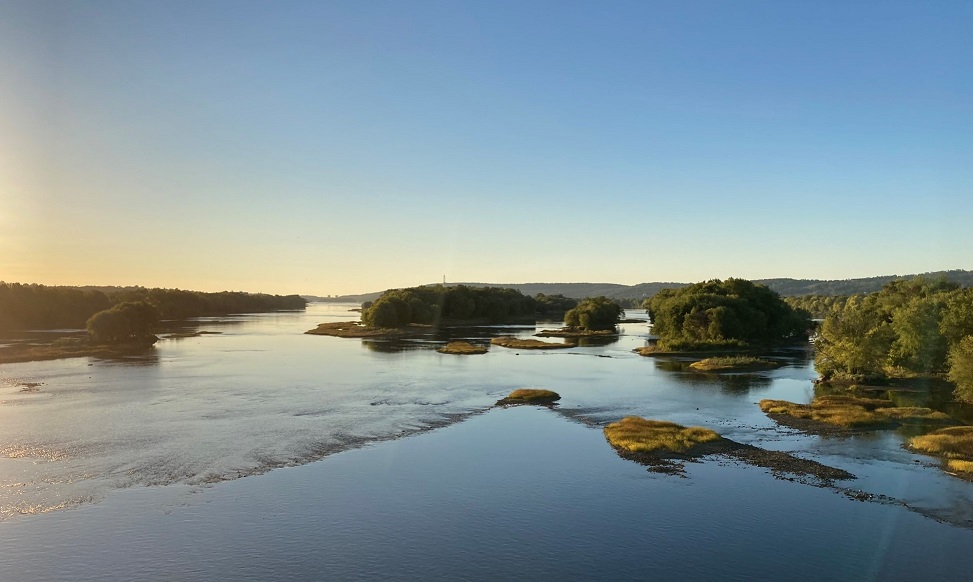
A Look at the PASS Year: The 2021 Annual PASS Report
It’s that time of the year again! Time to report and reflect on another successful year of archaeological site recording efforts throughout Pennsylvania. In 2021, over 300 new archaeological sites were recorded by cultural resource management (CRM) projects, independent and university research projects, Society of Pennsylvania Archaeology (SPA) members, and long-time avocational archaeologist.
Continue reading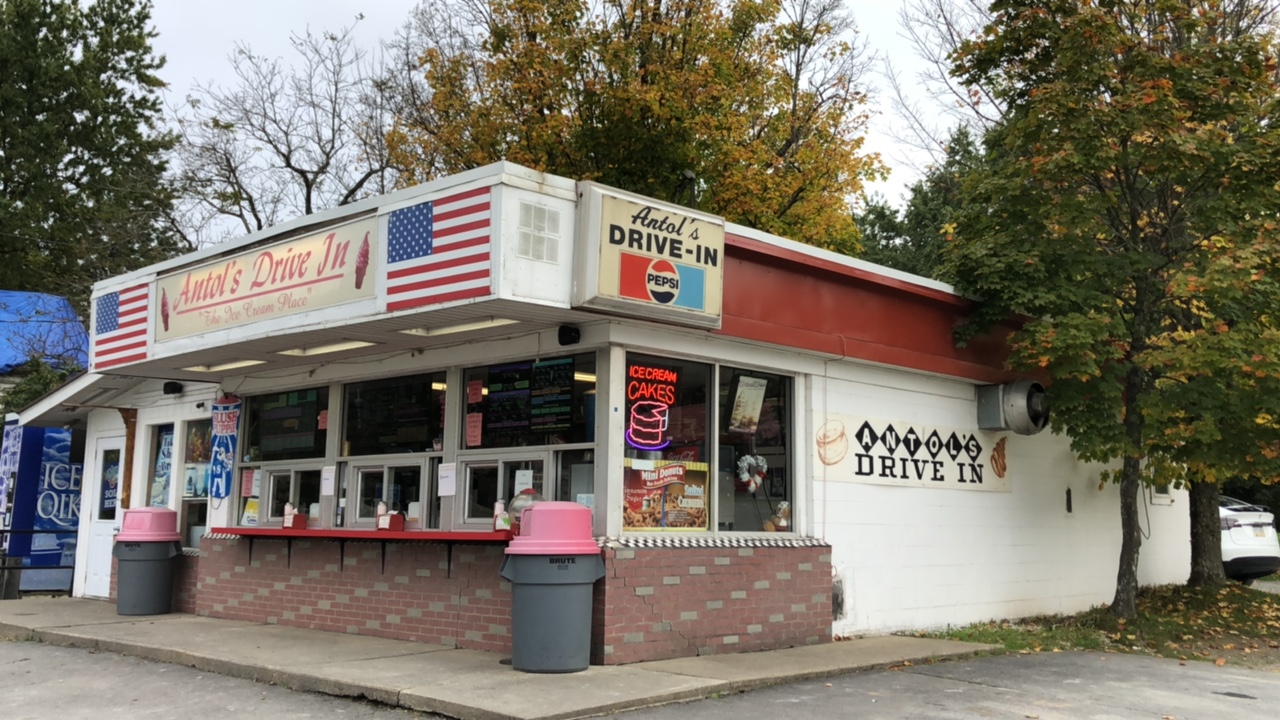
Baseline Survey: An Essential Ingredient in Our Preservation Pantry
There are some time-honored recipes in the historic preservation cookbook. The most successful, and dare I say scrumptious, preservation medleys include an essential ingredient – survey. Survey in the historic preservation profession is like the flour in your favorite holiday desserts.
Without survey, many preservation projects are challenged to rise to a superior outcome, just like a cake. My mind just might be overflowing with visions of sugar plums and cookies this holiday season, so I’ll do my best to refrain from too many more baking similes while I share initial Year 1 outcomes from the PA SHPO’s Baseline Survey effort. I think you’ll be as excited about the results as we are!
Continue reading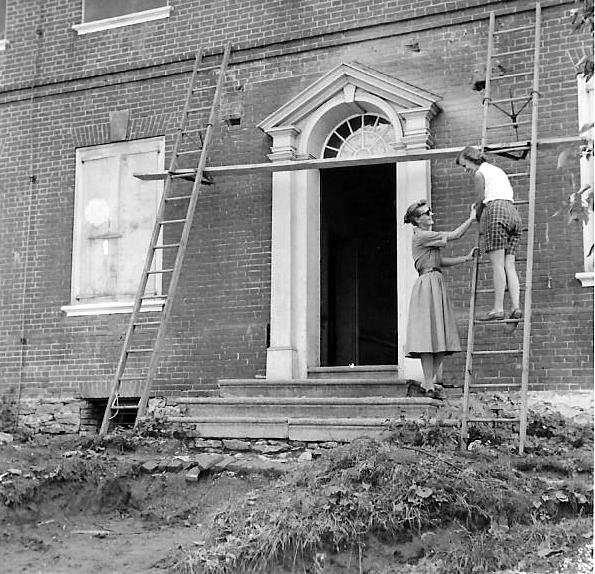
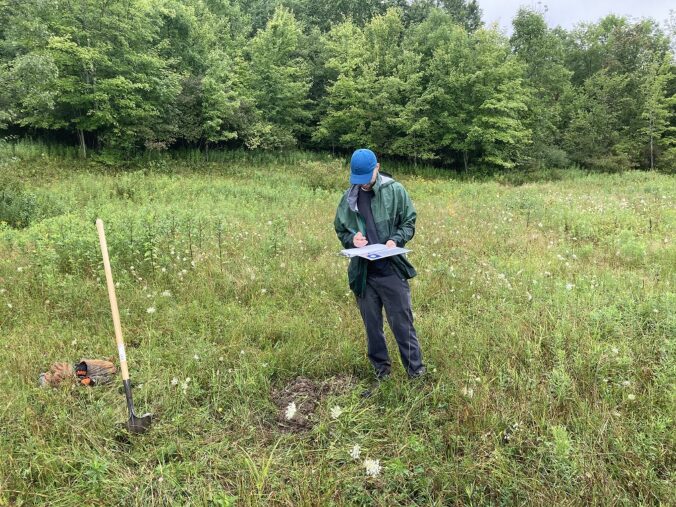

Recent Comments